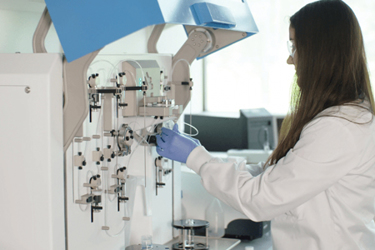Changing The Status Quo Of Vaccine Production

The rapid onset and spread of SARS-CoV-2 resulting in the global COVID-19 pandemic has had devastating effects on global health, education and economies. The long-term fallout of this truly catastrophic event in human history has yet to be fully realized as many countries are still battling rising infection rates, emergence of more infectious variants, vaccine supply and distribution issues and more. The focus on self-recovery has overshadowed the need for global immunization to overcome this pandemic.
Despite the admitted early failures in the response to SARS-CoV-2, retrospective reports applaud the unprecedented speed at which COVID-19 vaccines were developed and deployed—speed to clinic had never been more important. The Moderna vaccine (mRNA-1273) went from sequence selection to preclinical evaluation in 63 days and was in commercial production in just 10 months2. By comparison, the development of the mumps vaccine, which previously held the fastest record, took four years from the initial isolation of the virus to regulatory approval in 19672,3.
Lessons learned during the development of COVID-19 vaccines underscore the need to reimagine the current paradigm of vaccine production from design to manufacturing methods, which has lagged severely behind. Reinvigorated investment in the vaccine industry to replace outdated technologies and embrace new innovations can help better prepare the world for future pandemics and democratize global access to vaccines. The mRNA technology behind COVID-19 vaccines is poised to disrupt the status quo where speed, versatility and flexible platform production represent significant advantages to improve global vaccine manufacturing capabilities.
Reprinted with permission from GEN, published by Mary Ann Liebert, Inc., publishers; New Rochelle NY
Get unlimited access to:
Enter your credentials below to log in. Not yet a member of Bioprocess Online? Subscribe today.
